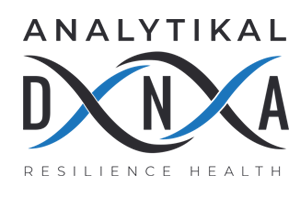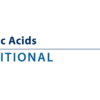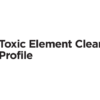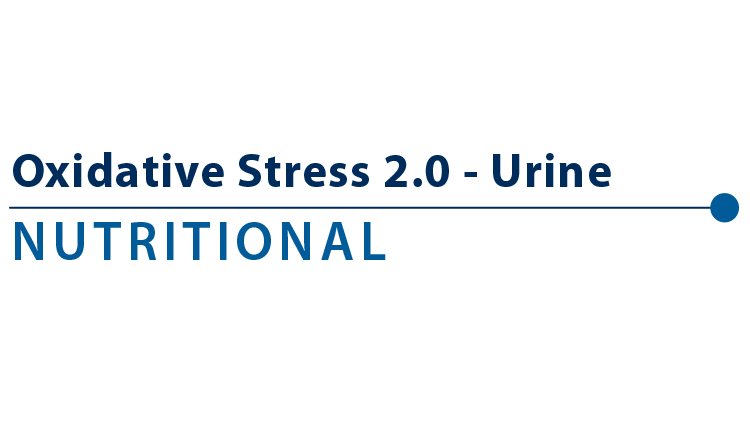Description
he Oxidative Stress Analysis 2.0 is a urine test that evaluates two oxidative tissue damage markers. Oxidative stress underlies many common chronic diseases and balance is crucial for slowing or stopping degenerative processes. The Oxidative Stress Analysis 2.0 can indicate the need for dietary and/or lifestyle modification which can help minimize further oxidative damage.
What is Oxidative Stress?
Normal cellular activities including energy production, detoxification of environmental pollutants, and immunologic defense mechanisms produce highly reactive molecules known as free radicals. This effect is naturally counterbalanced by the body’s antioxidant systems and the dietary antioxidants found in foods.
When production of free radicals becomes excessive, the antioxidant mechanisms of the cell become overwhelmed, leading to impaired cell function. Oxidative stress is a condition in cells where excessive production of free radicals damages cellular components. Potential targets include lipid membranes, proteins (leading to enzyme inactivation or receptor malfunction), and DNA (leading to mutations and potential cancers).
When should testing for oxidative stress be considered?
Since oxidative stress can affect cellular functions in many body systems, it has been associated with numerous conditions including, but not limited to:1-6
- Arthritis
- Cardiovascular Disease
- Aging and Neurodegenerative Conditions
- Cancer
- Inflammation
- Diabetes
- Autoimmune Diseases
The Oxidative Stress Analysis 2.0 (Urine) Biomarkers
The Oxidative Stress Analysis 2.0 includes:
- Lipid Peroxides represent damaged lipids and lipid membranes
- 8-hydroxydeoxyguanosine (8-OHdG) indicates oxidative damage to DNA
What Advantage Does the Oxidative Stress Analysis 2.0 (Urine) Offer Compared to Other Diagnostics?
The Oxidative Stress Analysis 2.0 (Urine) test provides information on oxidative damage to tissues that has already occurred. This urine profile is often ordered as a follow up test to larger panels such as the NutrEval, Metabolomix+, or Oxidative Stress Analysis 2.0 (Blood) to assess ongoing damage. The Oxidative Stress Analysis 2.0 (Blood) is a panel of biomarkers that provides information on both oxidative stress status as well as antioxidant reserve.
Genova’s Methodology
The methodologies in this analysis include:
- LC/MS/MS for 8-OHdG
- TBARS (Thiobarbituric acid reactive substances) for lipid peroxides
- Enzymatic for glucose (glucose is an interferant for the lipid peroxides assay)
What Can Clinicians and Patients Expect from Oxidative Stress Testing?
Assessing a patient’s oxidative stress status can indicate the need for dietary and/or lifestyle modification and possible need for supplementation with antioxidants. Reducing sources of oxidative stress, while supporting with antioxidant-rich foods and supplements may reestablish proper oxidative balance and reduce or prevent degenerative changes that lead to chronic disease.




